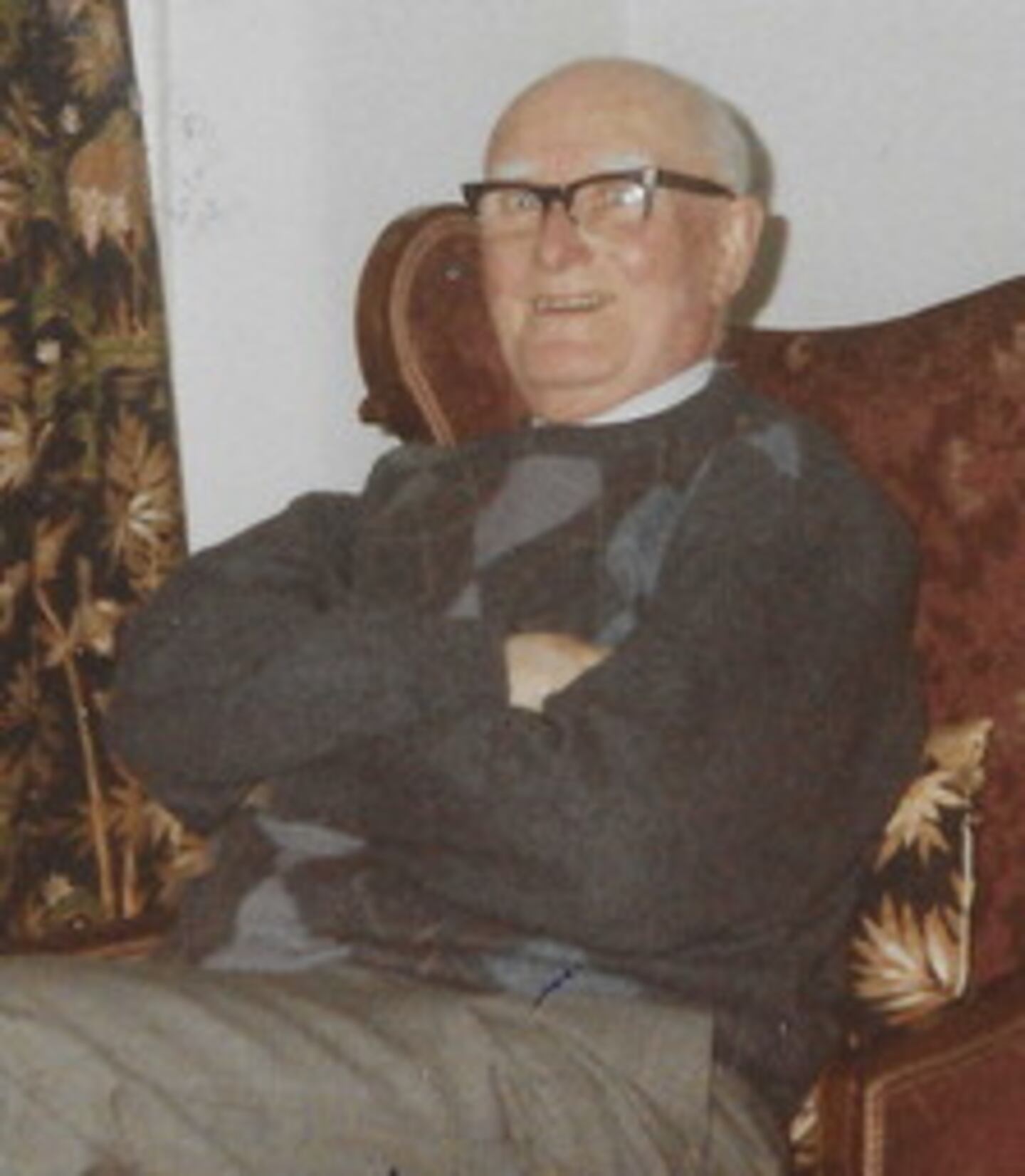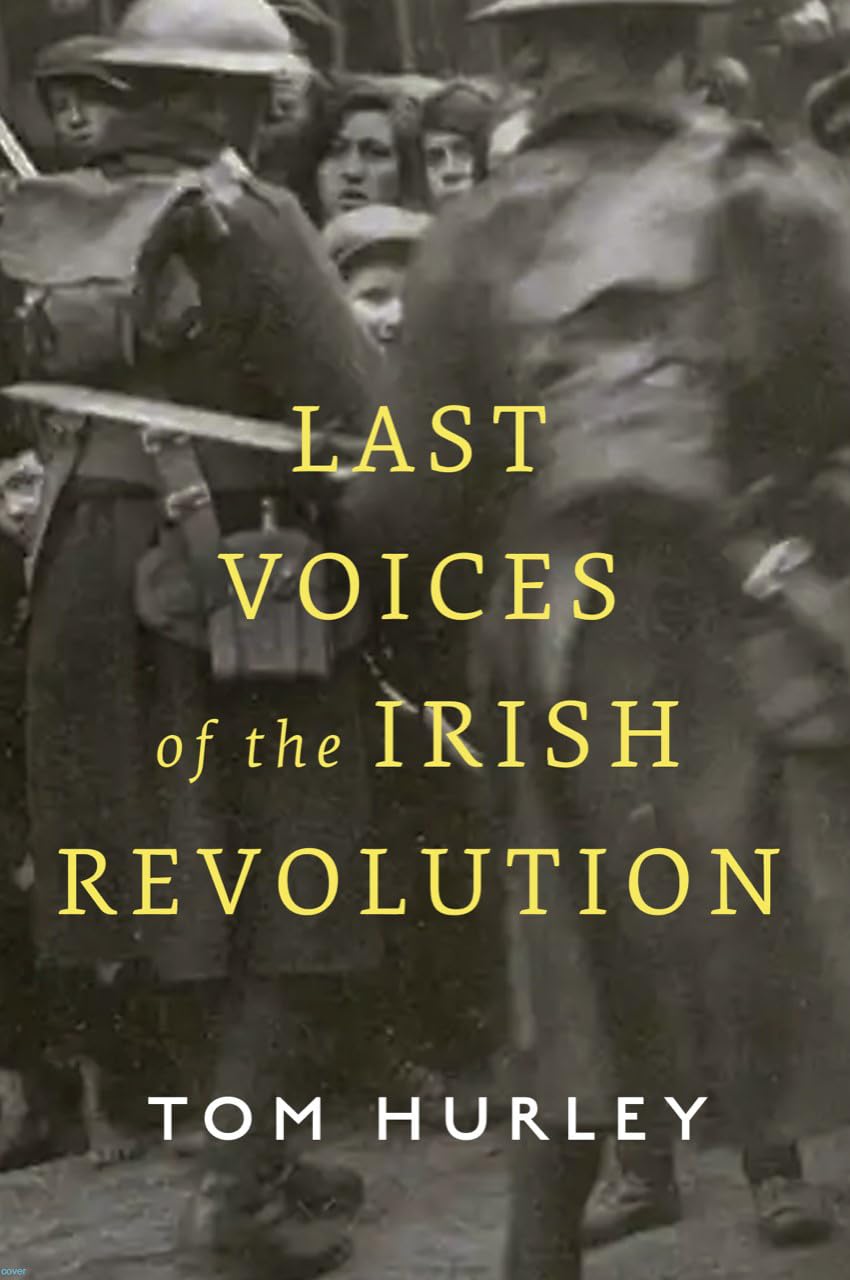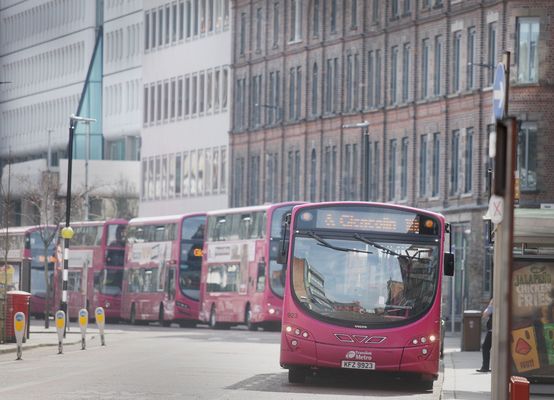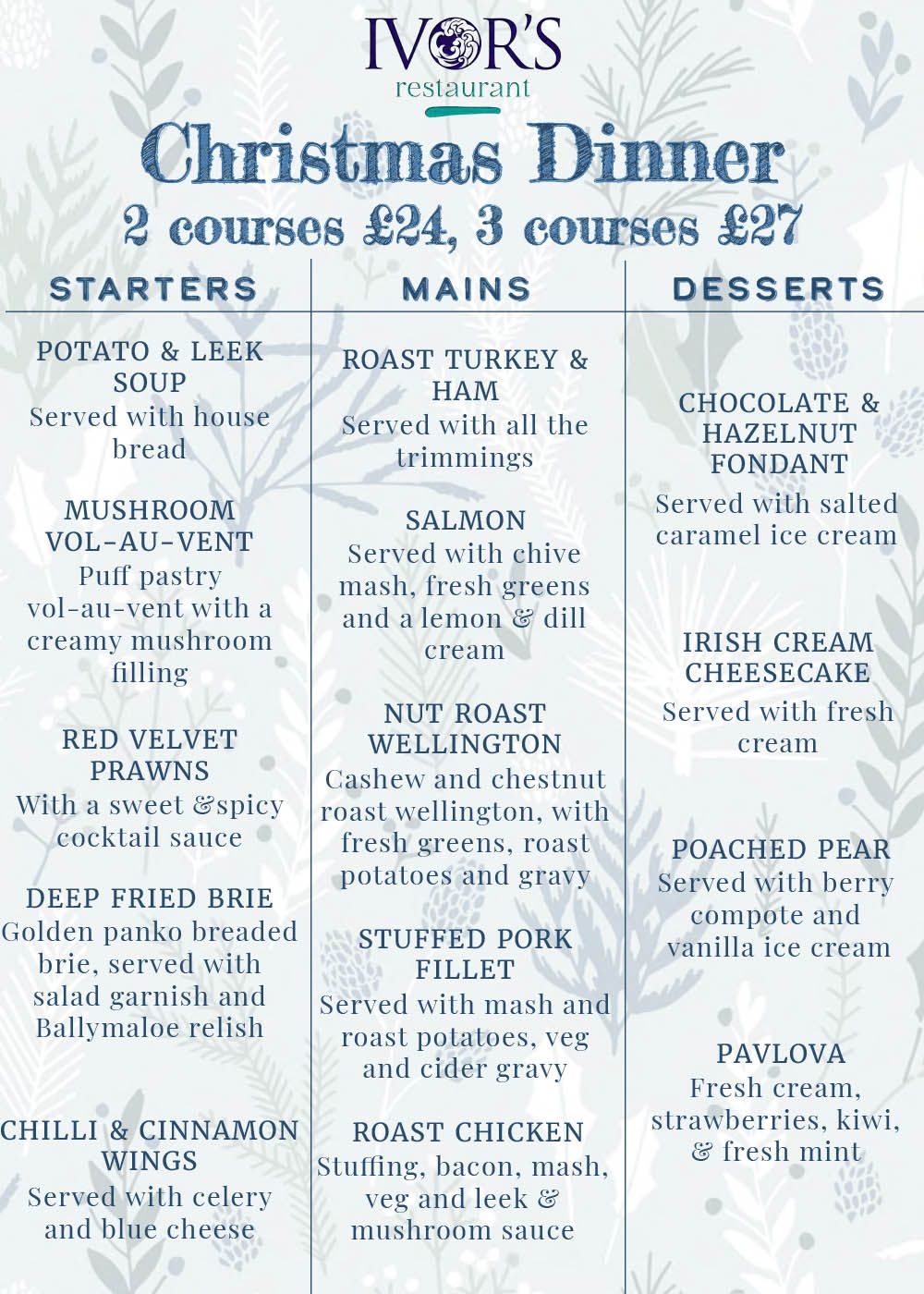AN author from West Cork has produced a stunning book featuring 20 unique perspectives from those who took part in or witnessed first-hand the tumultuous events of the Irish Revolution.
The book ‘Last Voices of the Irish Revolution’ by Tom Hurley is huge in its scope and also its geographical range— the 20 protagonists who were interviewed in 2003-2004 come from all over the island of Ireland. Those featured come from all walks of life including Northern Protestants from East and West Belfast, IRA volunteers who went on to take sides the Pro and Anti-Treaty sides, Gaeilgeoirí, Cumann na mBan members and many more.
Tom’s book follows a chronological pattern from the birth and early years of the interviewees to how the Irish Revolutionary years of 1916-1923 impacted their lives.

RECOLLECTIONS: Norman Douglas from East Belfast features in the book. He say the Northern parliament open in 1921. Credit: Allison Murphy
For the sake of geographical relativit,y this review primarily focuses the North during the revolutionary period. Each person’s recollections are worthy of a book on their own but this work does an excellent job of weaving each person’s memories into the overall narrative.
The contrasts are stark: on the same day that Northern Protestant Norman Douglas from the Newtownards Road in East Belfast witnessed King George V open up the Northern Irish parliament in 1921 another interviewee, Patsy Holmes from Co. Cork, was planning an escape from a British internment camp in Ballykinlar, Co Down.
Other recollections featuring the North come from John Parkinson a Northern Protestant from the Grosvenor Road whose father helped build the Titanic. John’s memories include the intense street battles which took place in Belfast and the inter-communal violence which consumed Belfast for much of the early 1920s. There are also Donegal recollections as well from Anthony McGinley, a volunteer in the 1st Northern Division of the IRA who took the Anti-Treaty side in the Civil War of 1922-1923.
BOOK: Volunteer Patsy Holmes from Co Cork was interned by the British in South Down where he tried to escape, his friend was killed by a former RIC officer on the train home. Credit: Tom Hurley
“I started recording the interviews in January 2003 to around July with a few more in 2004 in the United States to mark the 80 anniversary of the end of the Civil War," Tom told the Andersonstown News. "At the time there wasn’t a lot of coverage on those who were still alive so I started organising and doing these interviews with those who lived through the Irish revolutionary years all over the island of Ireland.
“I found them by using the same methods as when I worked as a journalist, you just get a nose for these things. I would see in the paper someone had celebrated their 100th birthday but it wouldn’t have anything about their life in the feature so I would get in touch and ask them about their early lives. I would often find out lots of information such as that they were actively involved in or witnessed some of major moments of our history."
Tom's journalistic background is in radio documentaries. “At the time I thought the recordings could be used for a radio documentary or book — or both — but I felt it important to hear what they had to say for posterity," he explains.
“The radio documentary was never broadcast but I that felt by doing a book you could get more scope, not have time constraints and delve deeper into what they remembered."
BOOK: Co Donegal Volunteer Anthony McGinley served in the 1st Northern Division and later the Anti-Treaty IRA 
Tom said he was glad to have written down the stories of his eyewitnesses to turbulent times. "Otherwise these names would be lost to history."
He adds: “From a Belfast perspective there are a lot of names mentioned, people who were injured or died such as the case of Emily Brown, shot by a sniper in May 1922 on the Grosvenor Road and left paralysed. There are also a lot of streets mentioned — like Westland Street and Keegan Street — which are no longer there. John Parkinson’s school was the old Belfast Boys Model School [now the site of St Comgall's] and he watched from his home on Distillery Street as it was burned down by the IRA in May 1922.
“What was especially interesting to me was none of the people I interviewed knew each other but they were all connected by at least one person. For instance Dan Keating, a Kerry Volunteer who later took the Anti-Treaty side knew well-known Belfast Republican Harry White who was born on Blackwater Street close to where John Parkinson lived despite them being from different communities.”
The Irish Civil War ended in 1923. Eighty years on, documentary-maker Tom Hurley wondered if there were many people left from across Ireland who experienced the years 1919 to 1923, their prelude and aftermathhttps://t.co/wYElCa6zVO pic.twitter.com/khGVBg6EG4
— Connolly Books (@ConnollyBooks) January 10, 2024
Tom said the protagonists had excellent memories. “They were able to remember in great detail what happened and for other things I was able to look up what they mentioned and provide a bit of context or some extra details to fill in some parts. Some of the interviewees passed away soon after I spoke with them, some after only a few months.”
Tom’s book is a must-read for anyone with an interest in the period due its scope, depth and the ability to see the biggest events in Irish history unfold as told by people who lived through it – or in many cases took part.
From stealing shotguns in the hills of Donegal to sporting matches between Celtic and Glentoran, planning IRA ambushes against the RIC and Black and Tans and the fear and excitement from being a Cumann na mBan member passing information through British checkpoints, the Last Voices of the Irish Revolution lets the reader see events unfold through their eyes and memories.







